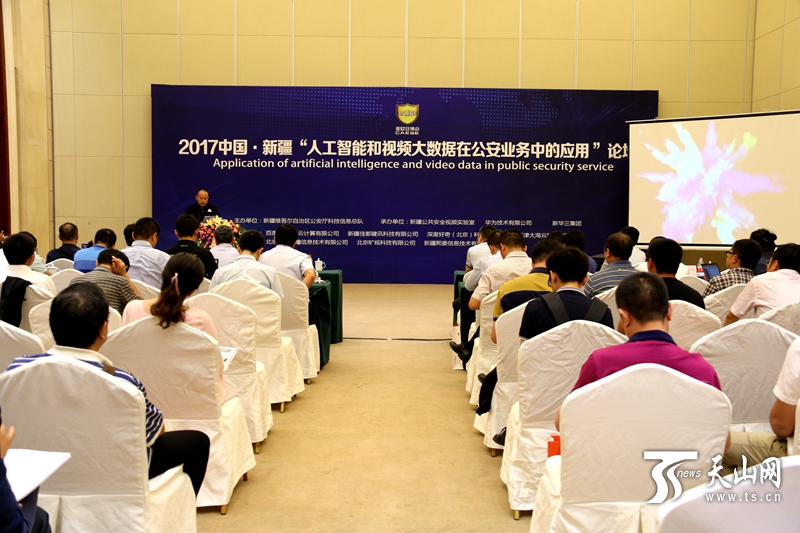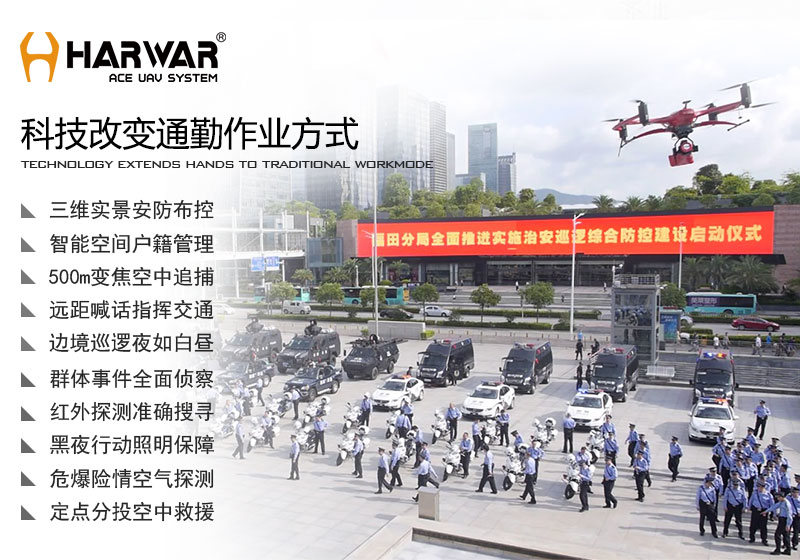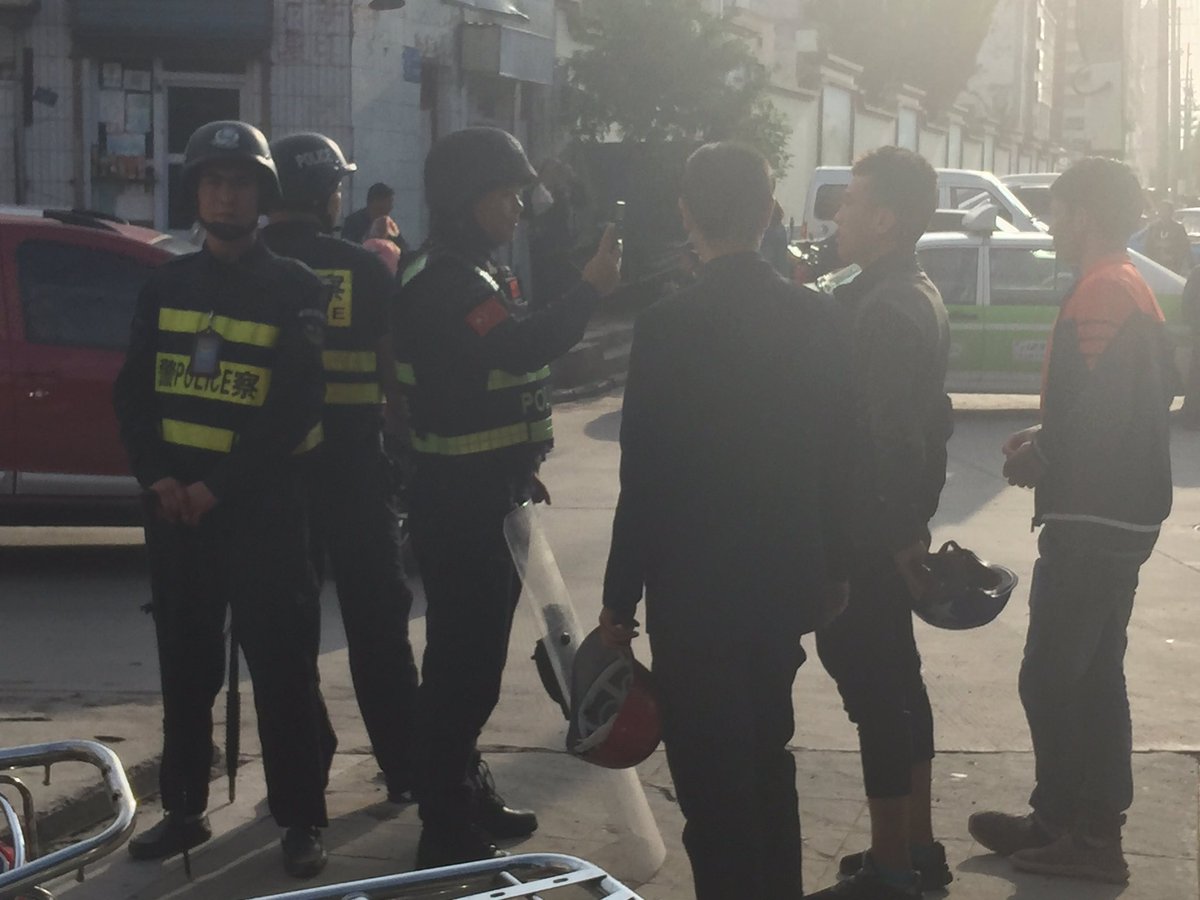East Turkestan Transformed Into the Testing Ground for the Security State
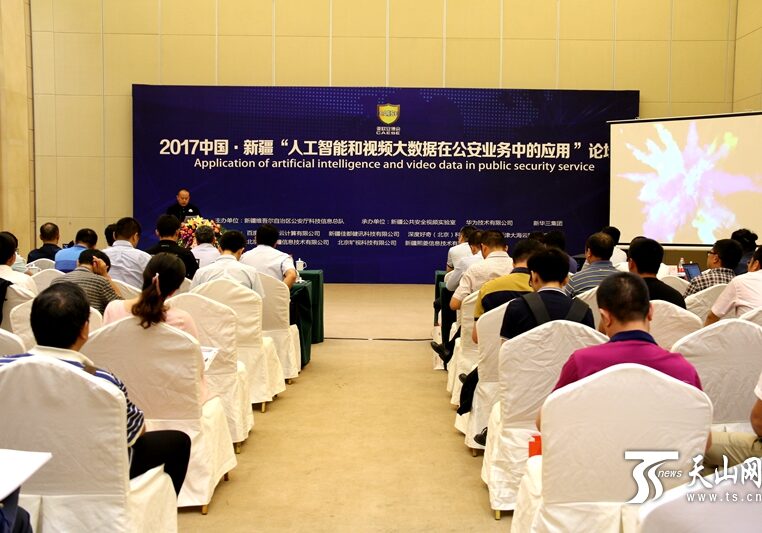
September 5, 2017
The former head of the Ministry of Public Security and current Secretary of the Central Political and Legal Affairs Commission of the Communist Party of China Meng Jianzhu called for the use of big data and artificial intelligence to fight terrorism in the region during an inspection tour in late August. The Chinese authorities increasingly emphasize the use of new technology in East Turkestan; only Tibet is comparable in terms of the scale of the security presence, and it is the proving ground for many of the security forces’ new technologies.
Much of this new technology was on display at the 13th Annual Xinjiang Police and Counter-terrorism Technology and Equipment Exhibition (第十三届新疆警用反恐技术装备博览会), which took place this August, providing Chinese and international companies an opportunity to advertise their wares. This year’s theme was “Intelligent Security, High Tech Strong Police,” (智能安防、科技强警) or in English “Smart Security, Intensified Technology.” As the “main battlefield” in the fight against “splittism,” terrorism and infiltration the Xinjiang Uyghur Autonomous Region (XUAR) is presented as offering huge opportunities for security industry businesses. The number of Chinese companies in this sector has expanded rapidly in recent years according to Amnesty International, from 28 in 2003 to 130 in 2014. The Urumchi trade fair is one of the longest running of its kind in China, and since 2014 has taken place together with the biannual China-Eurasia Security Exhibition (中国-亚欧安防博览会).
The exhibition is designed to promote advanced products and solutions for security and police forces, including high-definition surveillance equipment, drones and robots, particularly to Central Asian countries. Many of the governments in the region are repressive, and China lacks any sort of export controls aimed at preventing these products from being misused by repressive governments. According to Chinese media reports, 650 enterprises from around the world participated, including from the US.
The conference’s forum on security and big data
The choice of Urumchi as a place to advertise Chinese technological developments and products for security forces is no coincidence. While the oldest security trade fair takes place in Shenzhen, China’s technology and manufacturing capital, the Urumchi exhibition is one of the longest running, largest scale and most influential. The regional Public Security Department (公安厅) and the Quality and Technology Supervision Bureau jointly set up a “Xinjiang Public Security Video Laboratory” (新疆公共安全视频实验室) to provide the public security organs a place to test the use of intelligent video analysis and apps for the purpose of maintaining stability in Xinjiang. The lab is supported by companies such as Haiyun Data, which is developing lip reading technology to “help law enforcement agencies better analyze criminal behavior.”
Technical support unit status awarded to Haiyun Data
Drones were another technology prominently displayed at the trade fair; China is using UAVs to patrol and record areas where permanent cameras would be impractical, particularly along the border, and they are being more widely used by urban police forces as well. Chinese drone manufacturers install systems in private drones preventing them from entering sensitive areas, including in parts of XUAR. Tracking vehicles is a serious concern for the security forces; this February vehicles in Bayingol Prefecture were required to install the Chinese BeiDou satellite tracking system in their cars. Those without the devices would not be able to be refueled or resold. Registration processes can be used as a means of collecting data on individuals. As of August this year, Uyghur and Kazakh residents of Urumchi are being required to undergo extra security background checks to register a car; drivers’ personal information will be checked against a database. In 2016, over 40 Chinese institutions including police, transportation, courts and banks agreed to create a vast pool of information on citizens.
Advertisement for Harwar UAV systems
Residents have also been ordered to bring all their digital devices in for inspection and to have monitoring software named Jingwang installed on them, which will “‘automatically detect terrorist and illegal religious videos, images, e-books and electronic documents’ stored in the phone. If illegal content was detected, users would be ordered to delete them.” The app also logs wifi logins, IMEI cell phone identification numbers, SIM card data and Weibo and WeChat conversations. RFA reported that several Kazakh women were arrested over a WeChat conversation recorded by the app.
Police in Kashgar using a smart phone face scanner @EmilyZFeng
China has incorporated face recognition technology at a larger scale and faster rate than perhaps any other society. The nation has an estimated 100 million surveillance cameras. Chinese companies have developed car-mounted camera systems that can rotate 360 degrees and recognize individual faces or “one type of person,” as well as scan for license plates and car types. It has been reported that police in Kashgar are now equipped with smart phones which can scan faces and match them with people’s IDs. Train and bus stations in the region were among the first to use the technology, and systems are now being installed in gas stations, as well as the regions numerous security checkpoints.
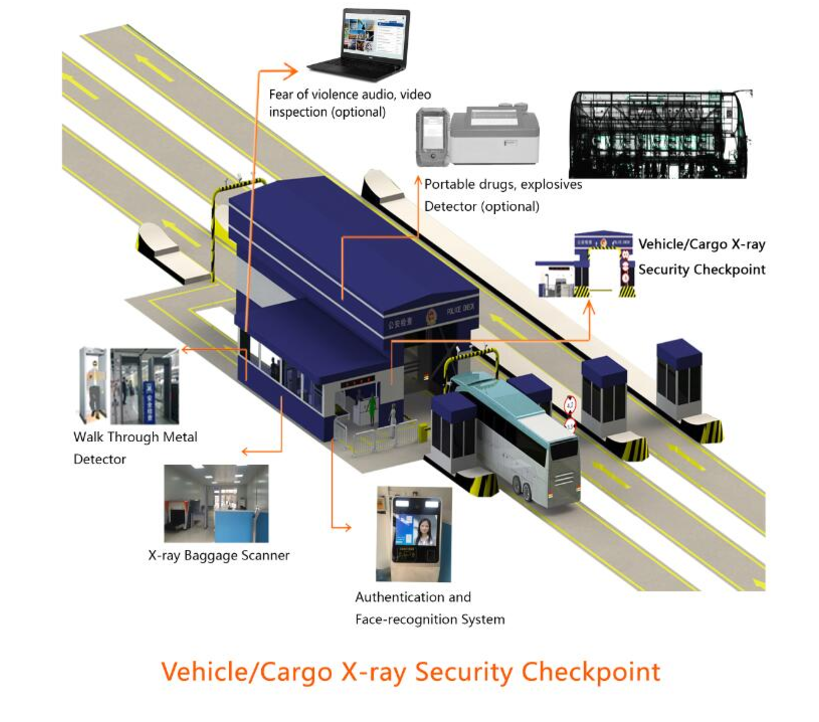
Security checkpoint by Unicomp Technology advertised at the trade fair
Many companies are positioning themselves to export some of these technologies, especially to Belt and Road Initiative countries. Amnesty International has criticized China’s export of equipment for law enforcement, releasing a report in 2014 which states that “the export control system of China lacks adequate export assessment criteria, oversight, transparency and enforcement of regulations. As a result, law enforcement equipment has been exported from China to countries where there was a foreseeable and substantial risk of serious human rights violations by law enforcement agencies.” It is unlikely that China will give much consideration for the human rights situation in countries to which it exports this equipment as its own security force are accused of committing human rights violations using this equipment (see pages 17 to 21 of Amnesty’s report). Particularly disturbing are reports of militarized police using the kinds of equipment exhibited at these trade fairs to put down what they call “mass incidents.” The Amnesty report points out that “demonstrations by Tibetans, Uighurs, Mongolians and other ethnic minorities have been harshly repressed through the use of arbitrary and excessive force by police and other security forces, as have protests against the authorities in cases of forced eviction or expropriation of land.”
The Chinese perception of security is holistic; the massive expansion of the police forces and use of technology in surveillance is one facet of the government’s efforts to maintain stability. The flag raising ceremonies and large rallies that take place in the region are also a part of their security strategy, giving local officials the opportunity to monitor the political attitudes of individual citizens. The use of new technologies can make the process more efficient and effective. Given the blatant racial profiling and broad view the government takes towards security threats, these new technologies are particularly worrisome for Uyghurs and other minorities.

